Pesto modenese was one of mt favourite traditional dishes in Modena, in the region of Emilia-Romagna.
Also known as pesto alla modenese, I first tried it when writing the Modena Culinary Travel Guide.
I really wanted share how to make pesto Modenese as it’s based from cured pork fat.
It’s not quite like your traditional pesto, or even chimichurri; pesto modenese is a spread of lardo, garlic and rosemary.

In Modena, it’s often served on tigelle, borlenghi or piadina and topped with parmesan but really can be served on any kind of warm bread.
In fact I had some on bread for breakfast this morning.
It was so dense I didn’t need to eat for 5 hours. It would also be divine spread over resting meat.
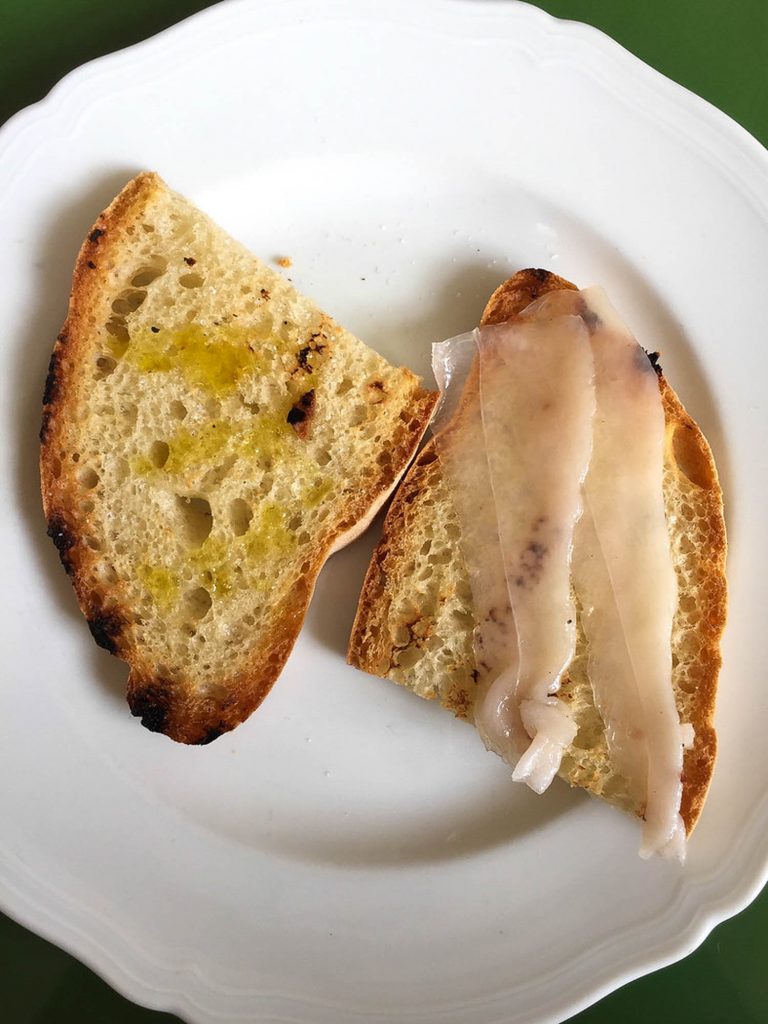
It’s not diet friendly but maybe paleo? Oh wait it’s on bread…
Traditional pesto modenese combines lard with garlic and rosemary.
But we put our own spin on it using this lardo recipe and our back deck herbs.
Some people also like to add parmigiano-reggiano bacon or sausage into it.
You’ll also find this dish in the Emilian Apennines where it’s called cunza.
Once you have pesto modenese you’ll never want to go back to butter on your bread.
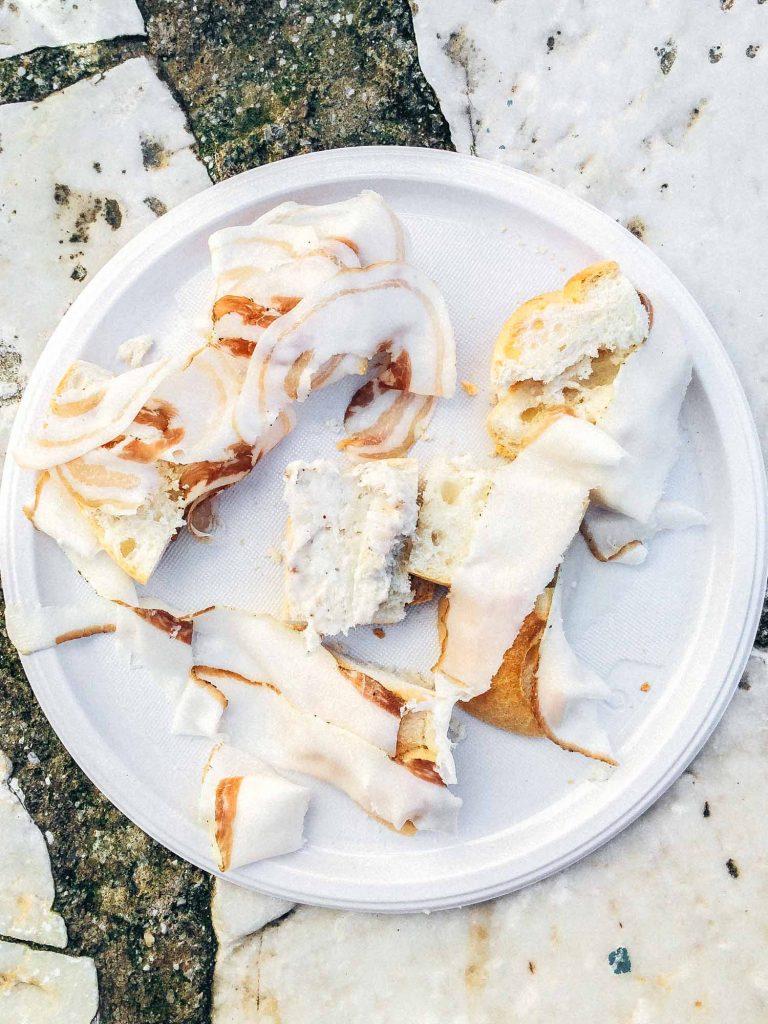
How to Make Pesto Modenese
Like all pestos, the most traditional way to make pesto modenese is with a mortar and pestle.
But let’s be serious it’s far faster in a blender or food processor.
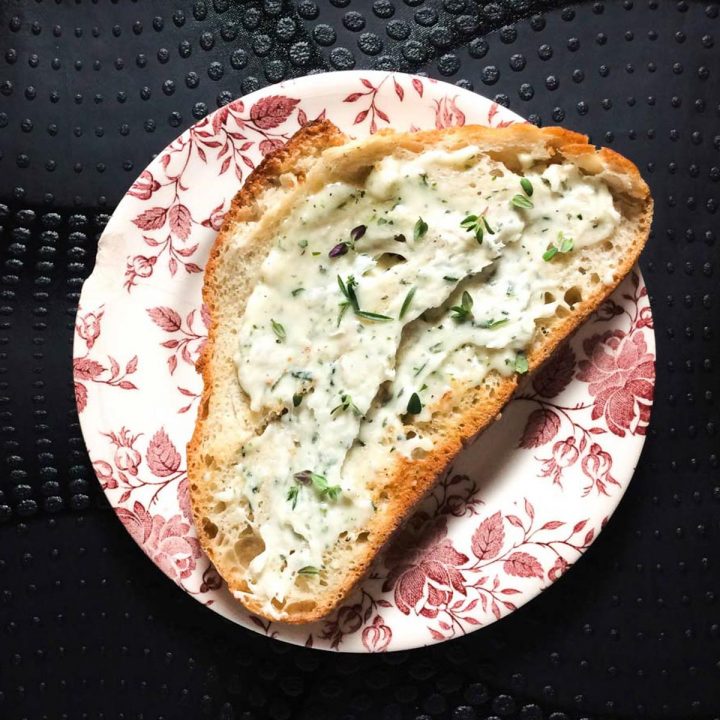
How to Make Pesto Modenese
A traditional salumi recipe using lardo di Colonnata whipped with herbs, cheese and garlic.
Ingredients
- 1/2 lb Lardo
- 1/2 cup Parmigiano-Reggiano
- 1 clove garlic
- 2 tablespoons rosemary and thyme chopped
- 1 teaspoon Black pepper
Instructions
- Put into food processor and pulse, keep an eye on it as you want a spread not a puree.
- It can be used for a week if tightly covered with plastic wrap.
Nutrition Information:
Yield: 12 Serving Size: 1 Amount Per Serving: Calories: 20Total Fat: 1gSaturated Fat: 1gTrans Fat: 0gUnsaturated Fat: 0gCholesterol: 4mgSodium: 76mgCarbohydrates: 1gFiber: 0gSugar: 0gProtein: 1gNutritional information is provided as a courtesy and is an estimate only. This information comes from online calculators. Although BaconisMagic.ca attempts to provide accurate nutritional information, these figures are only estimates.
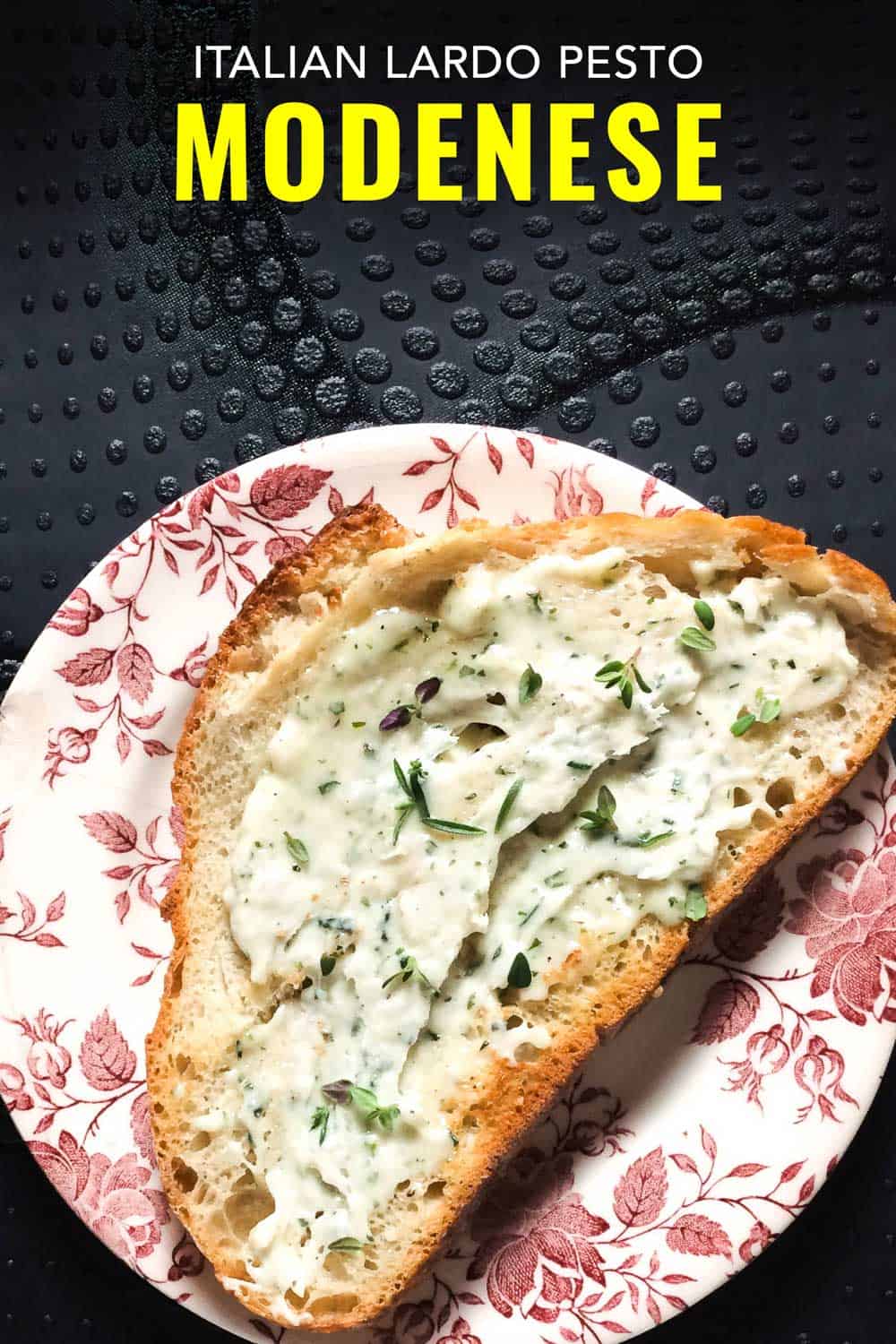

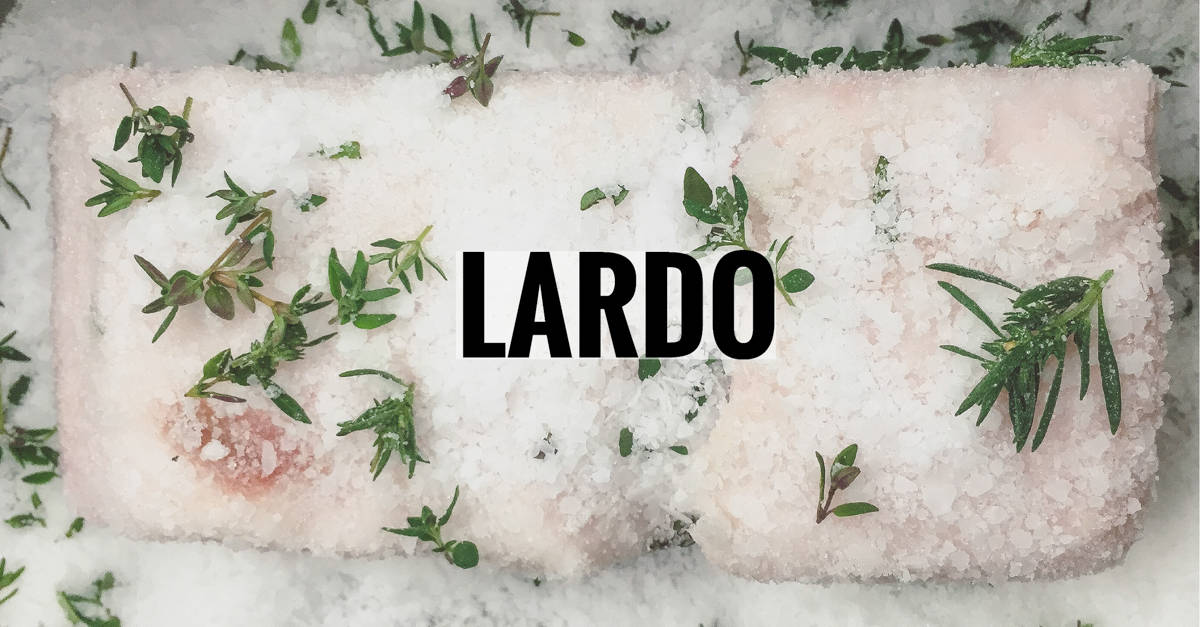
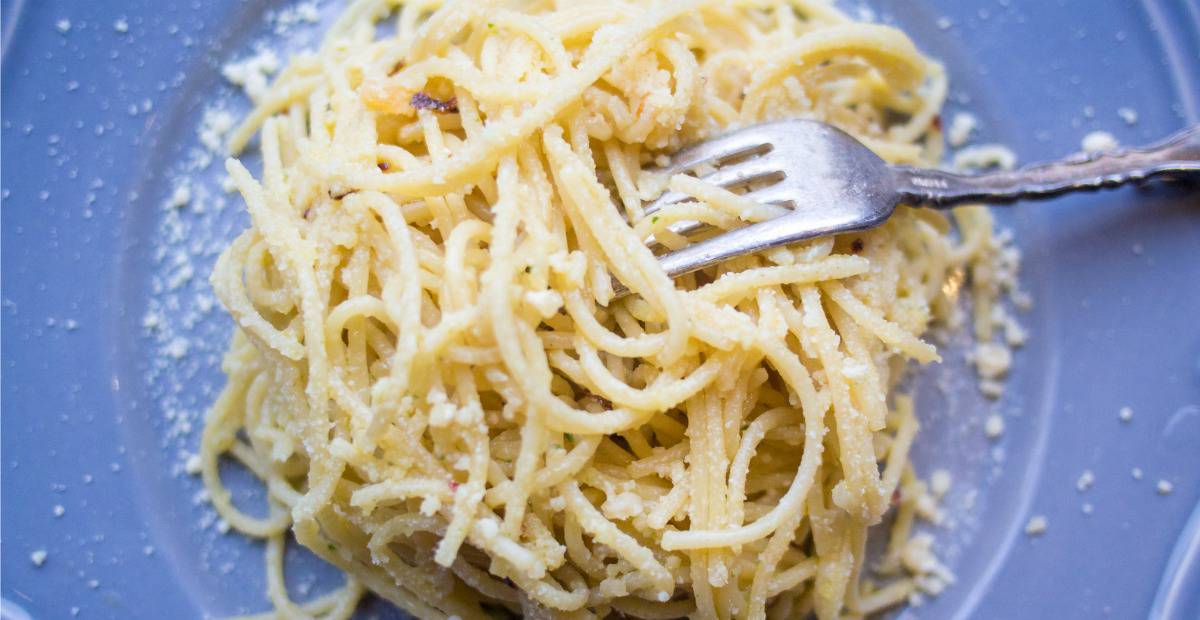
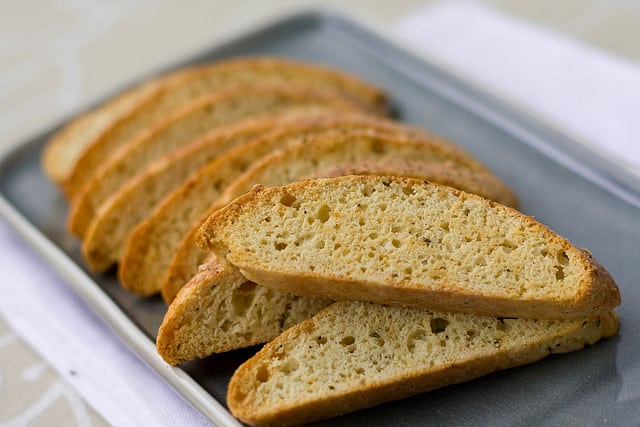
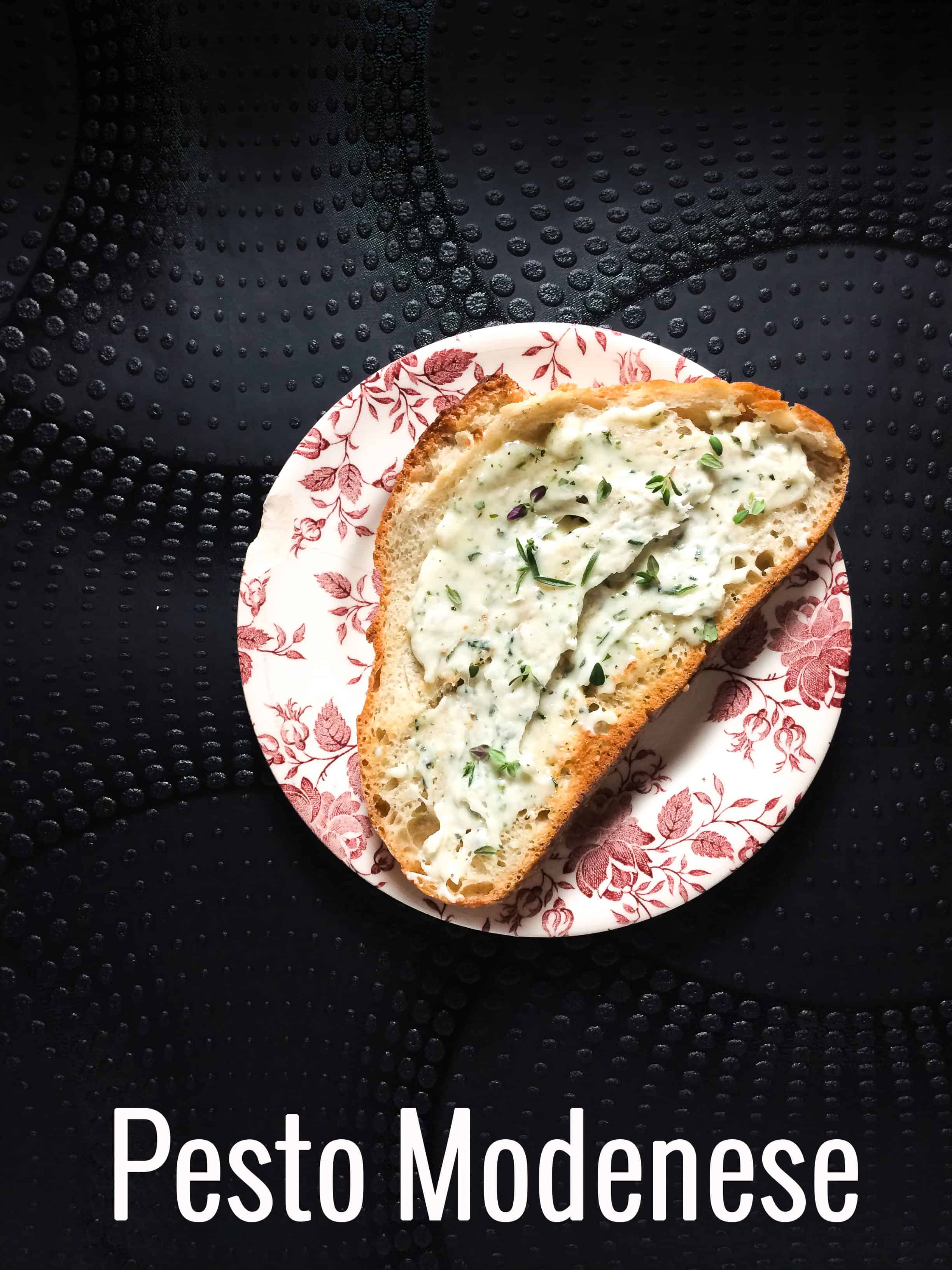
That looks incredible … I’ll have to try this soon!
What are some options if I can’t find lardo?? Can I use regular lard?
Lardo and lard and two different things. You could make it on your own as it’s quite easy. Here’s a recipe:
https://www.baconismagic.ca/italy-2/how-to-make-lardo/